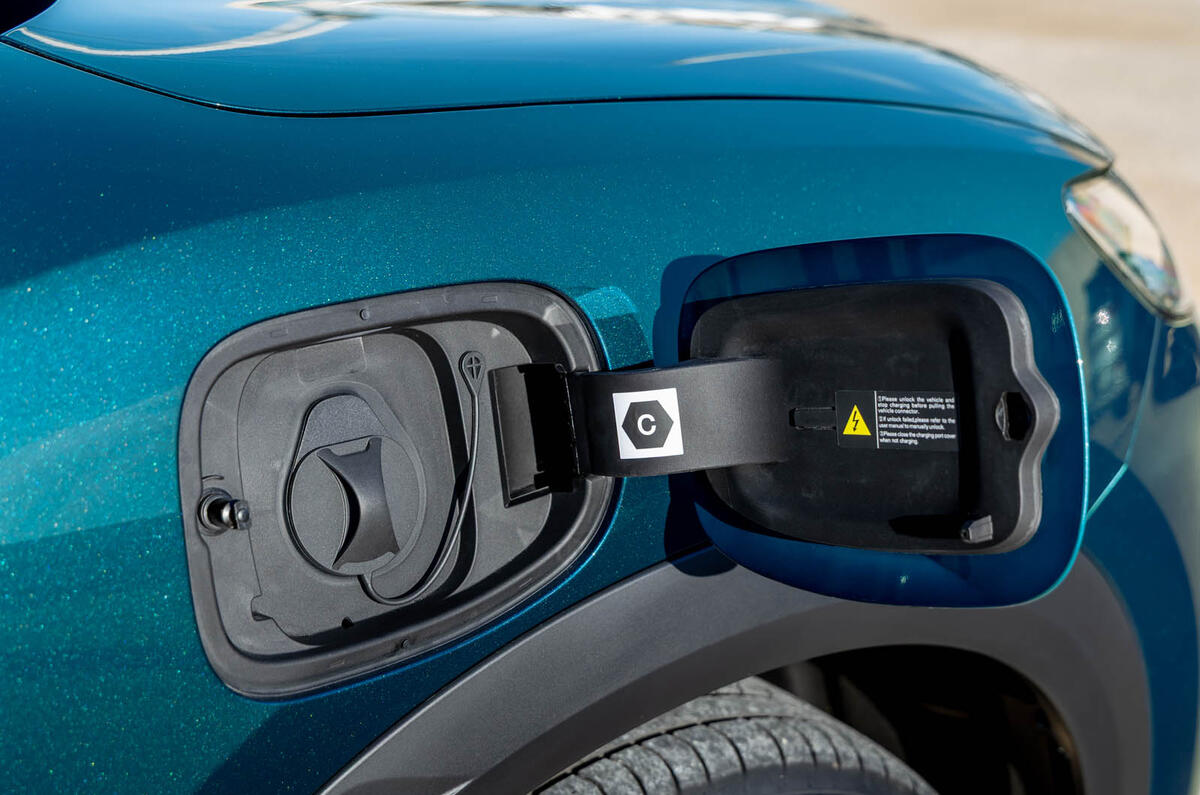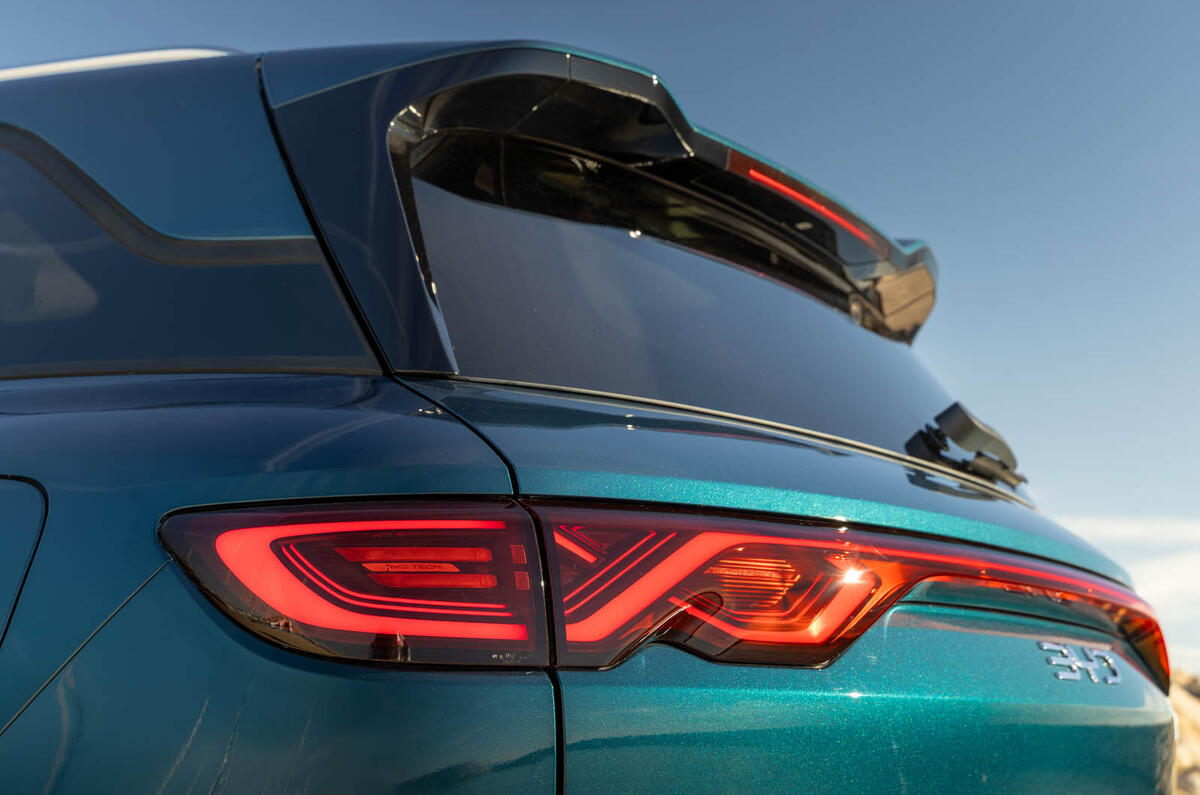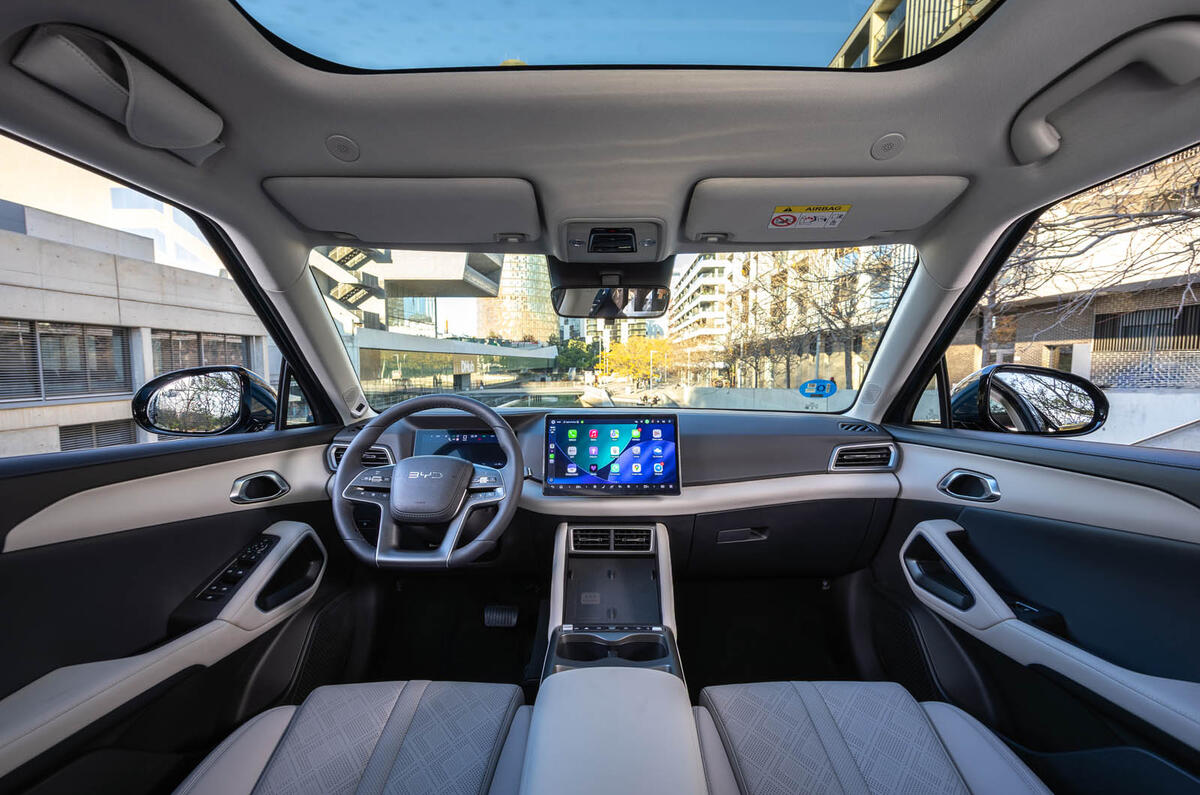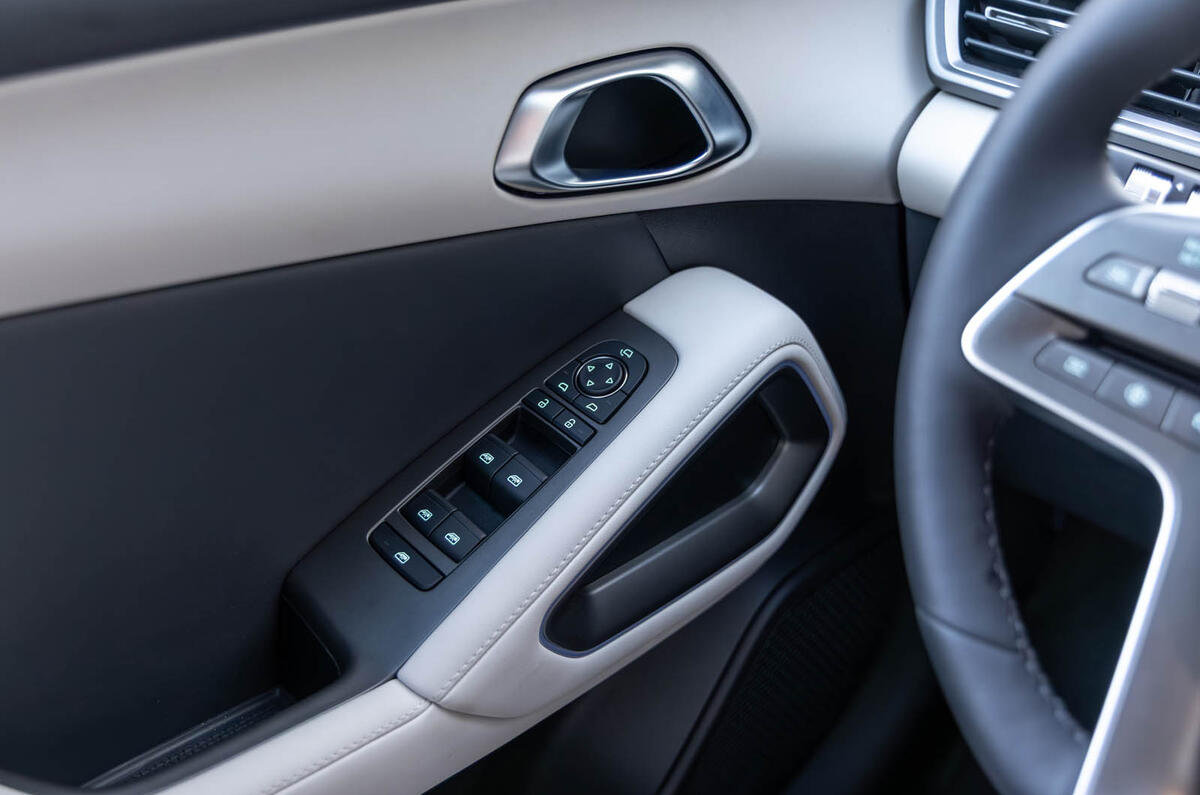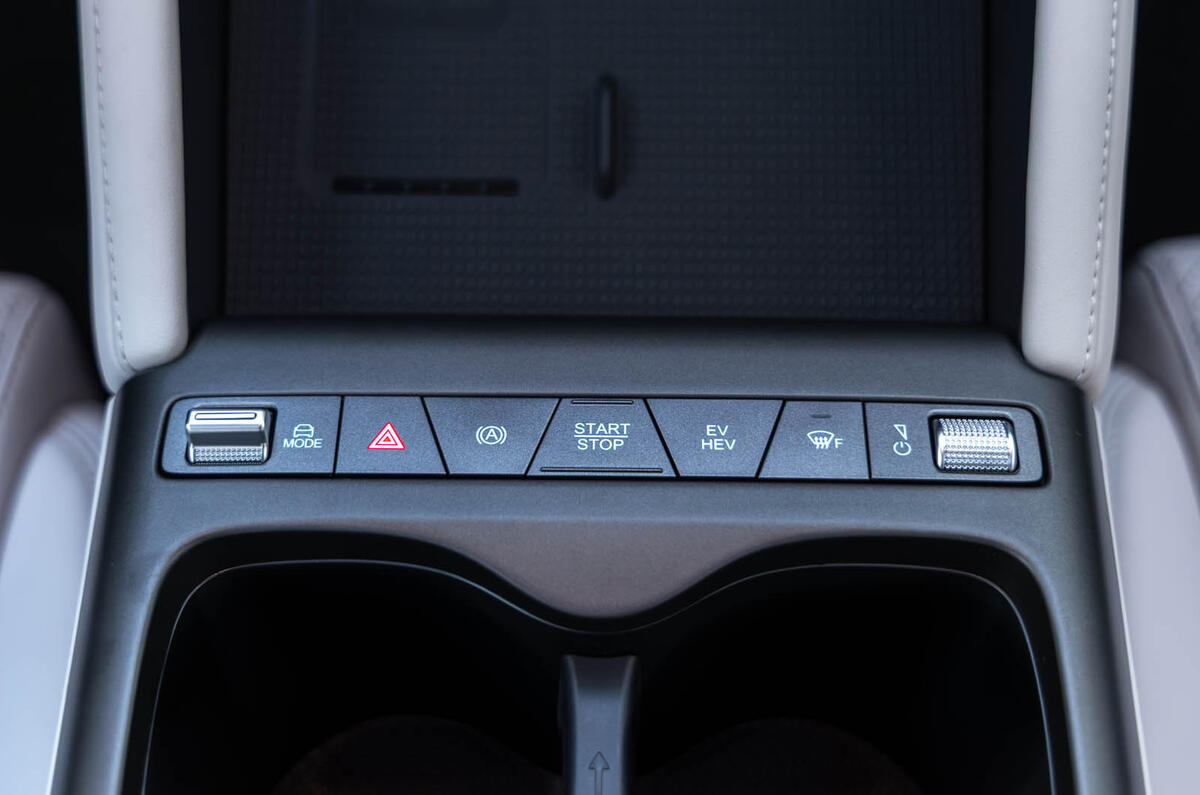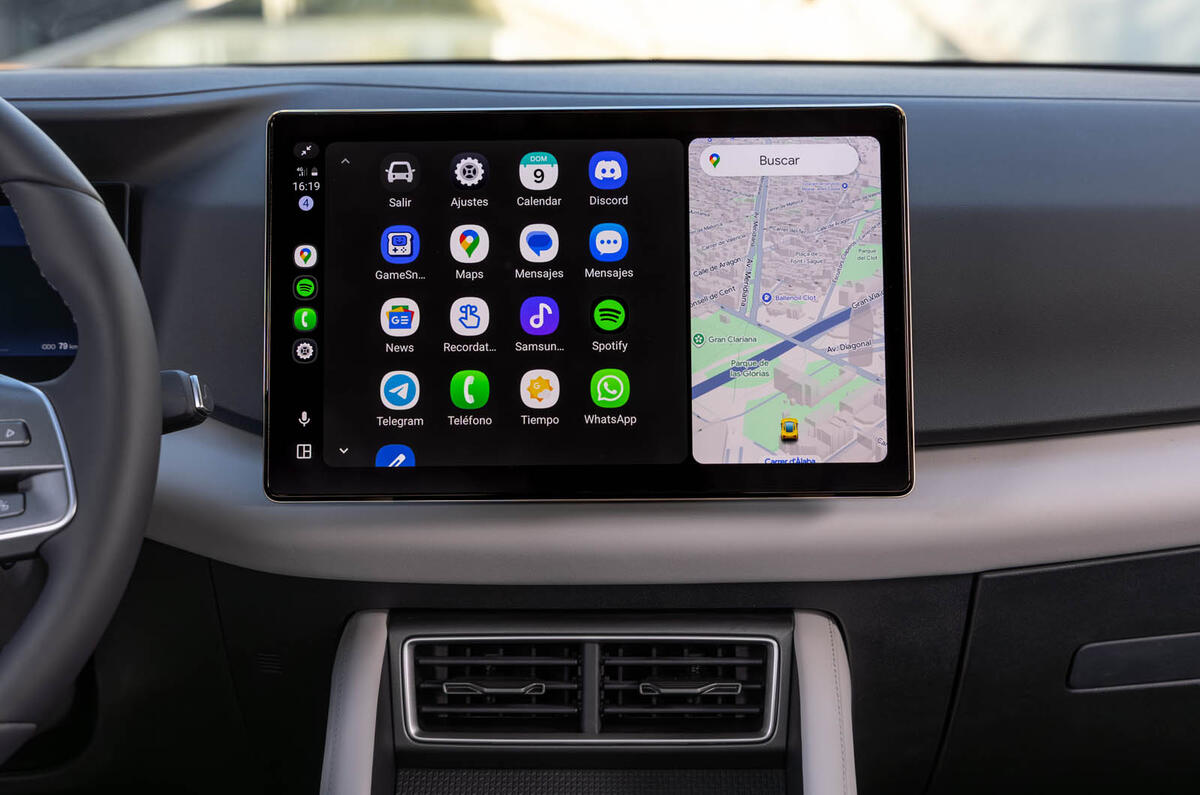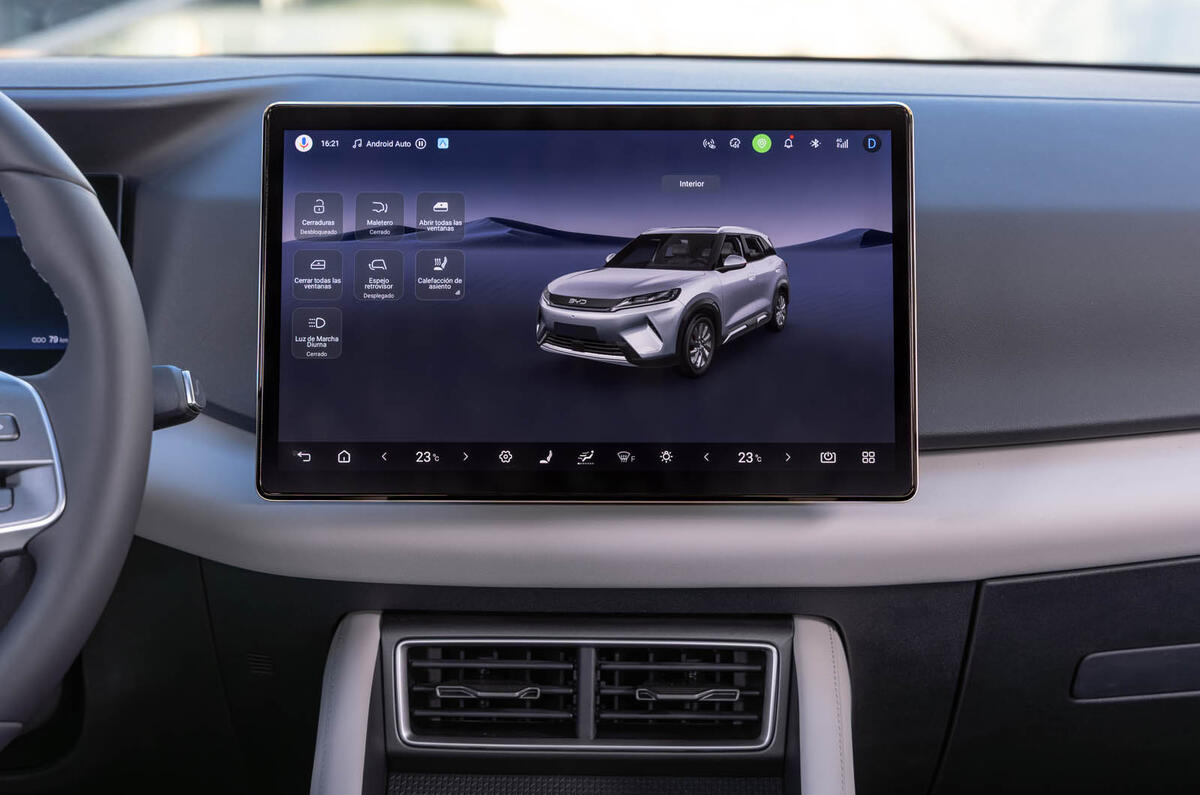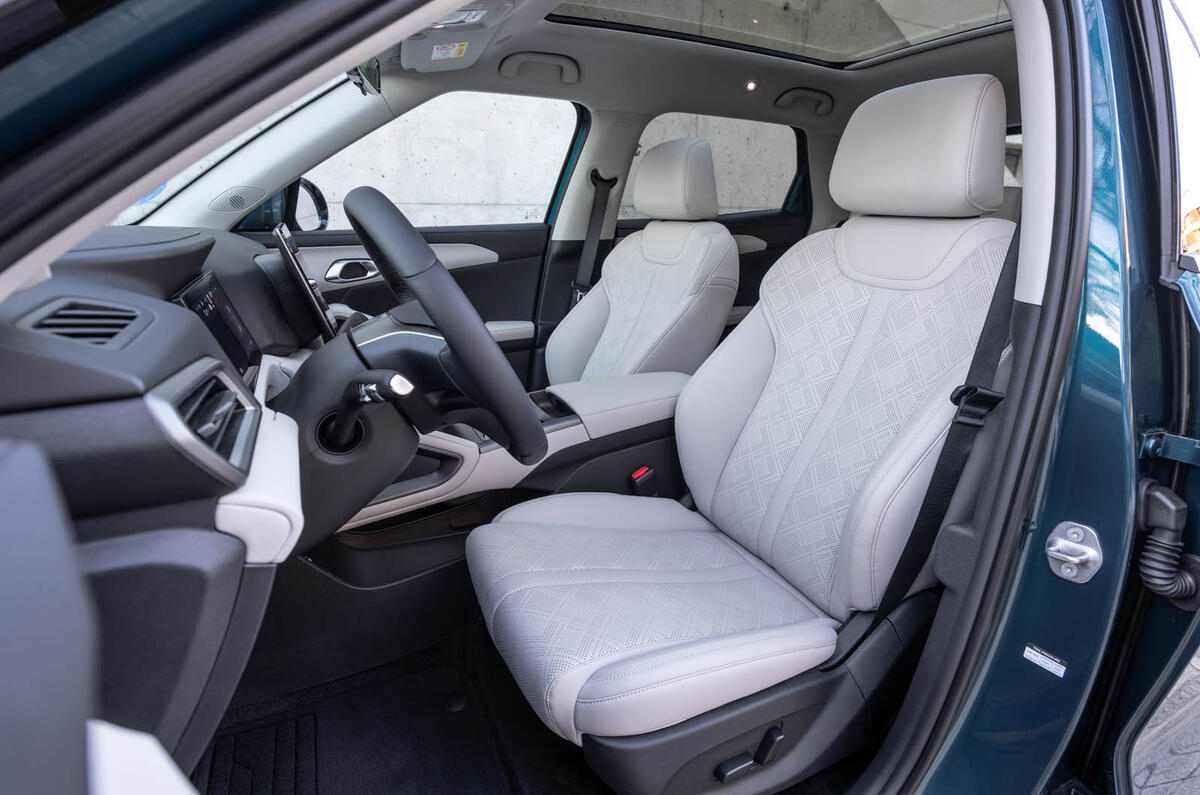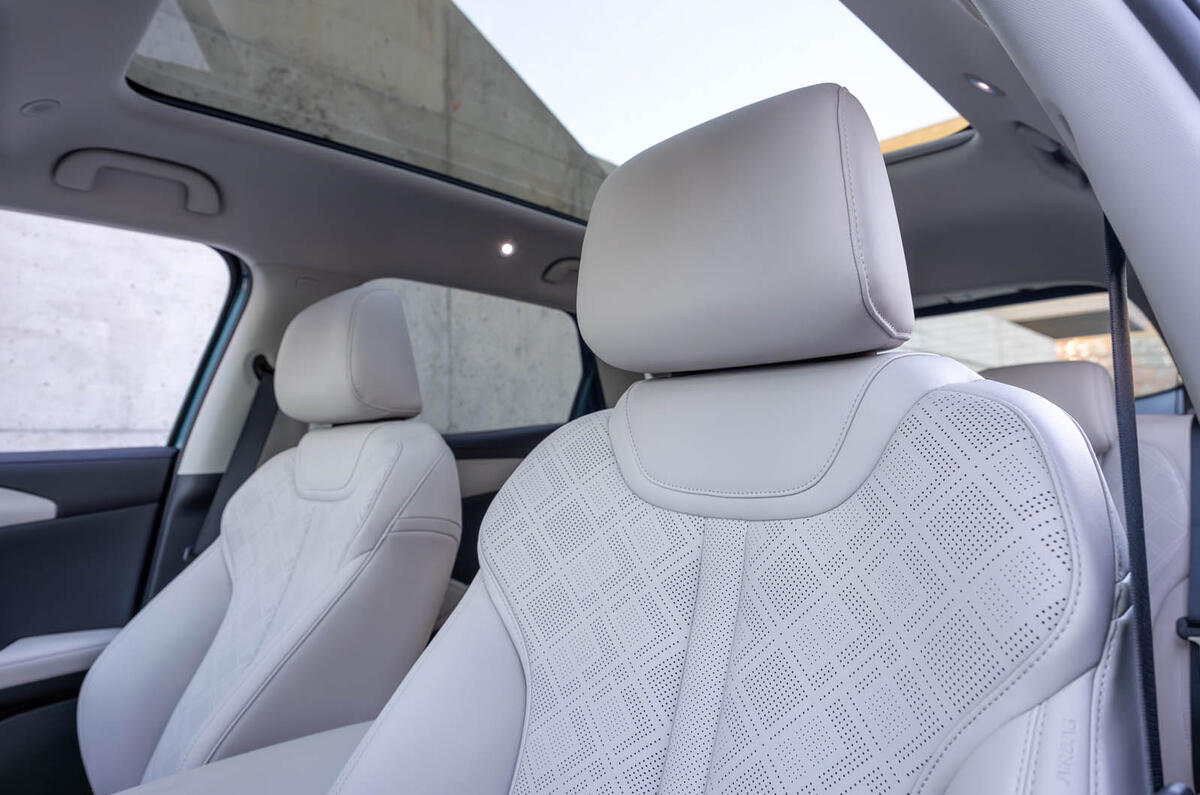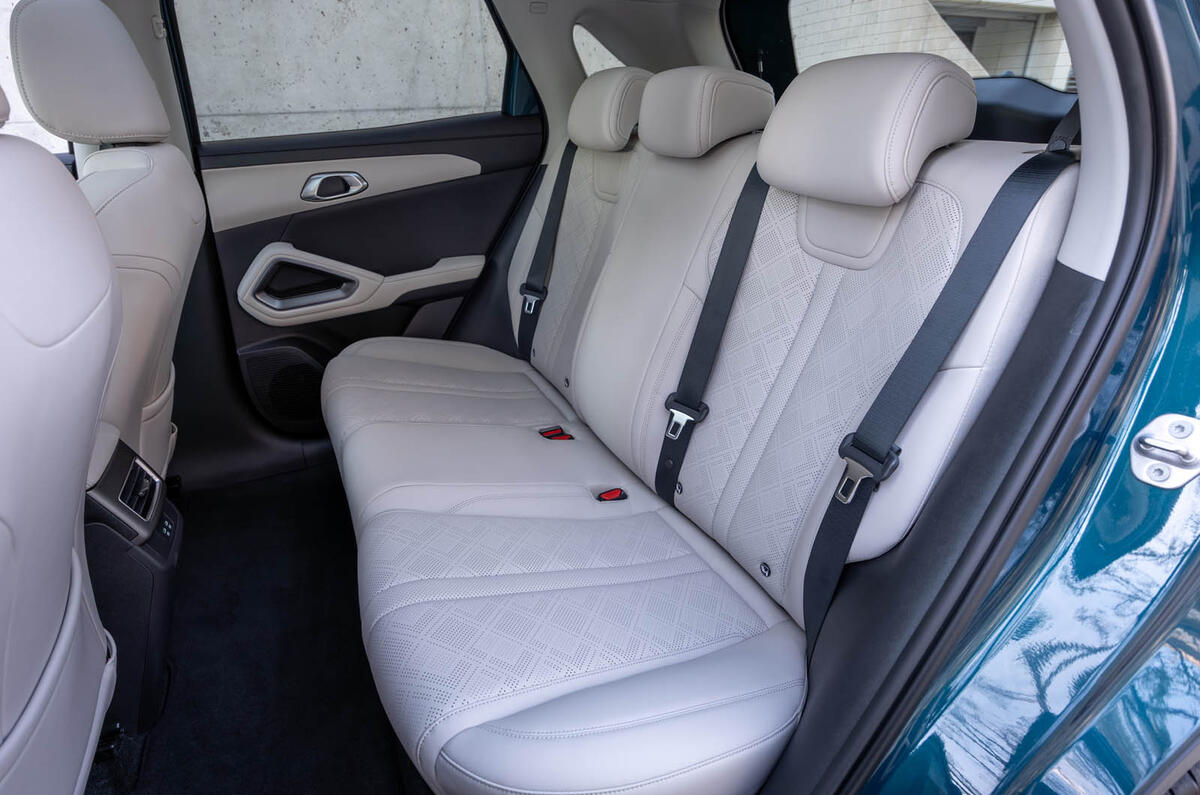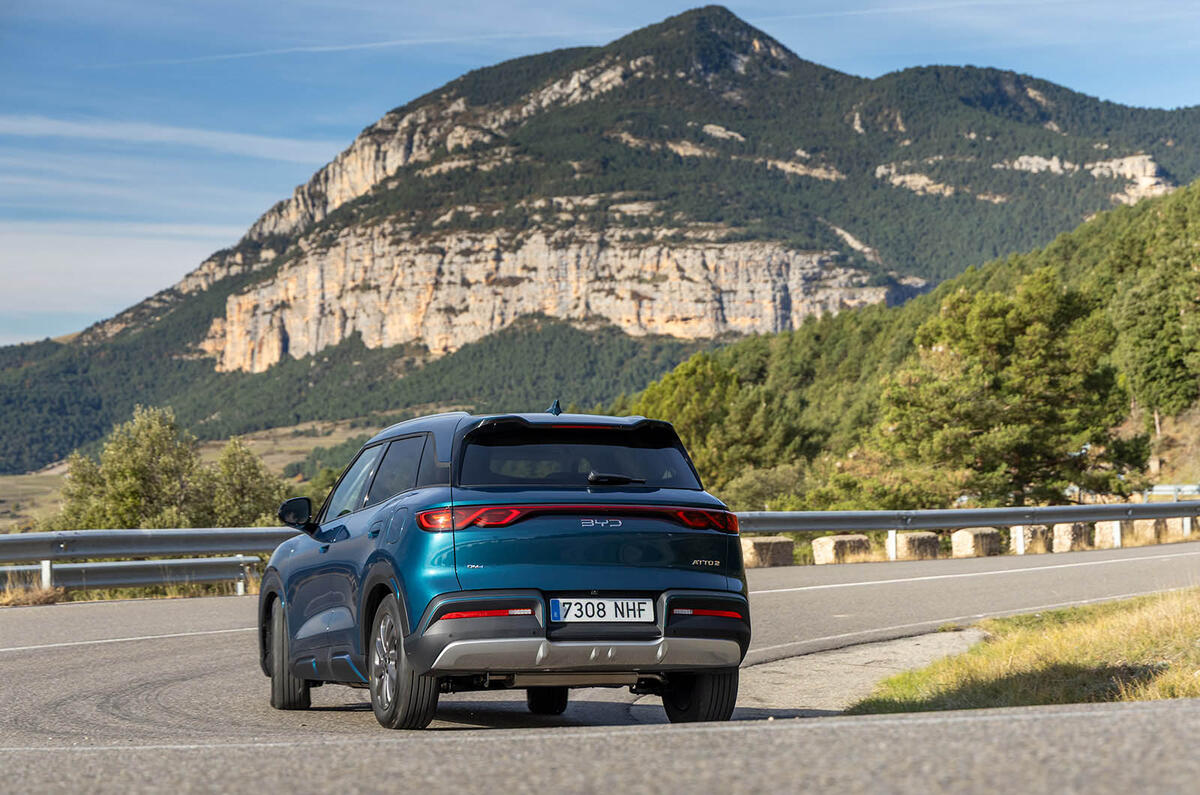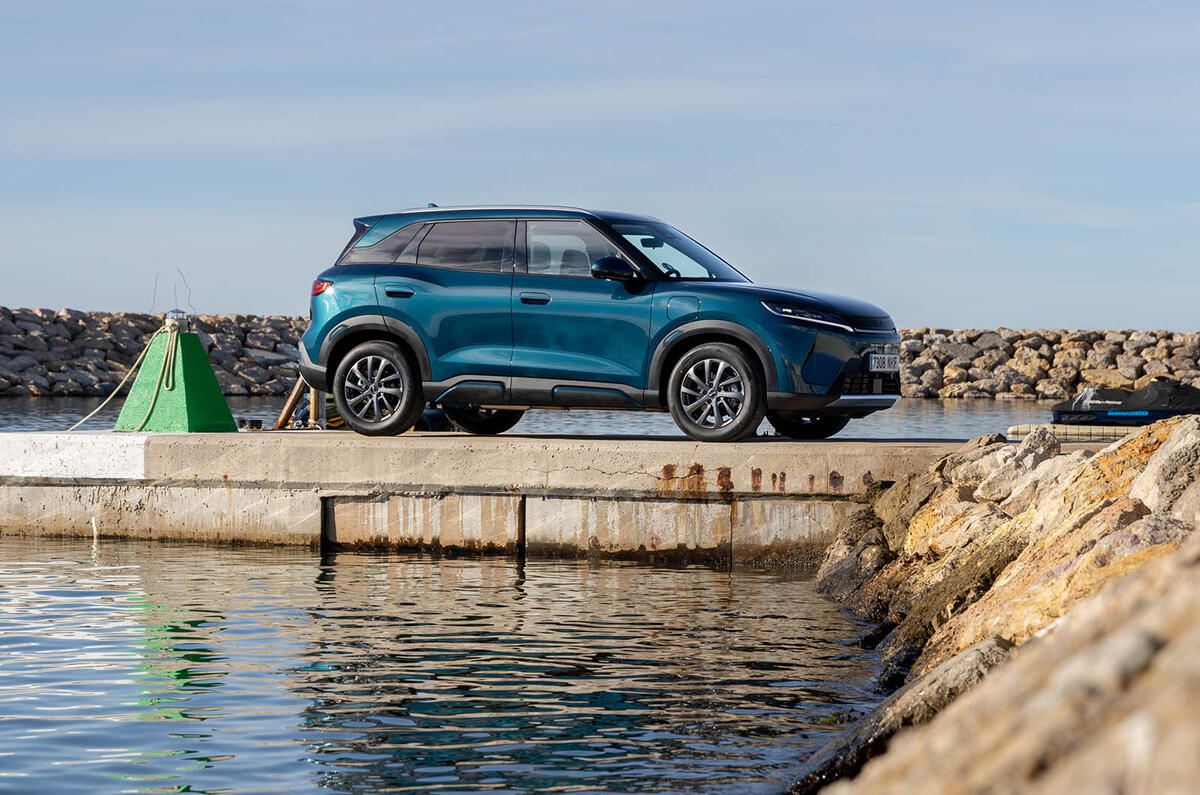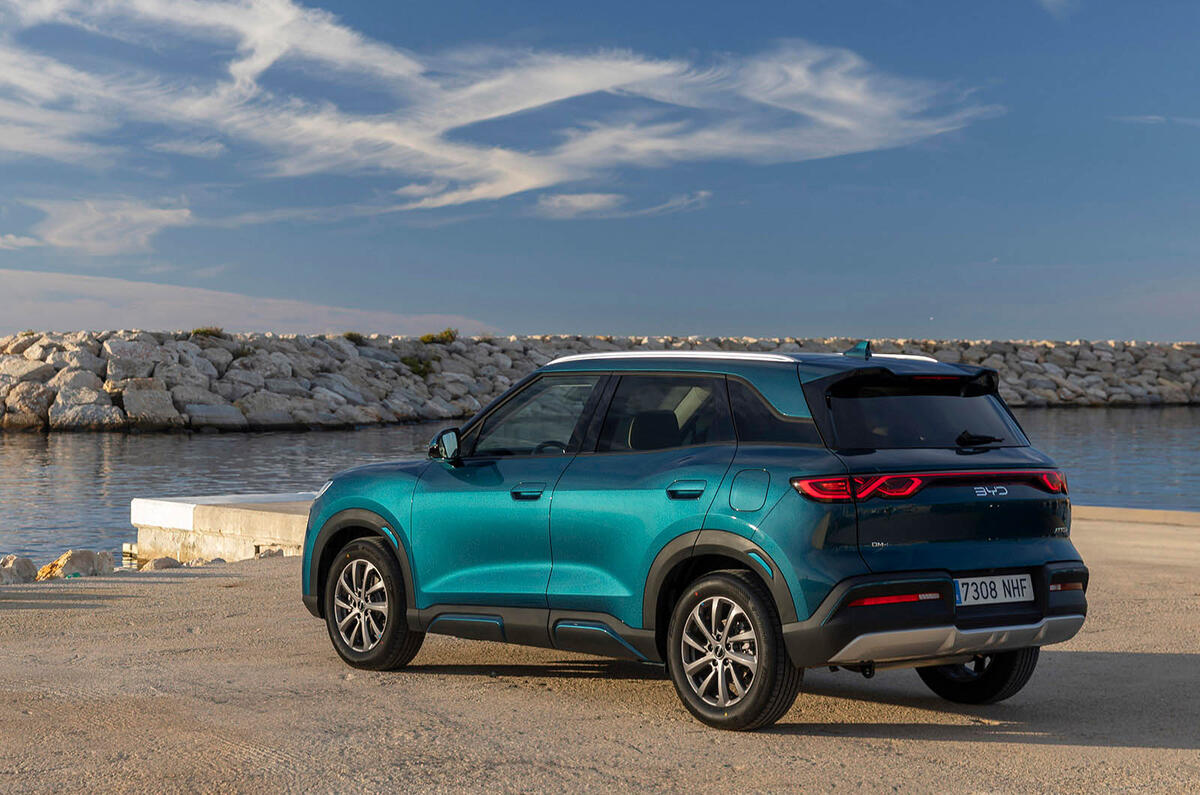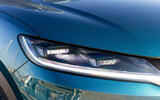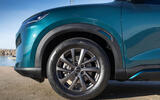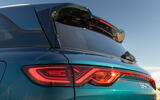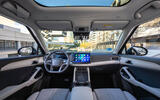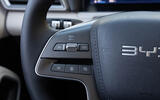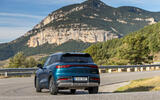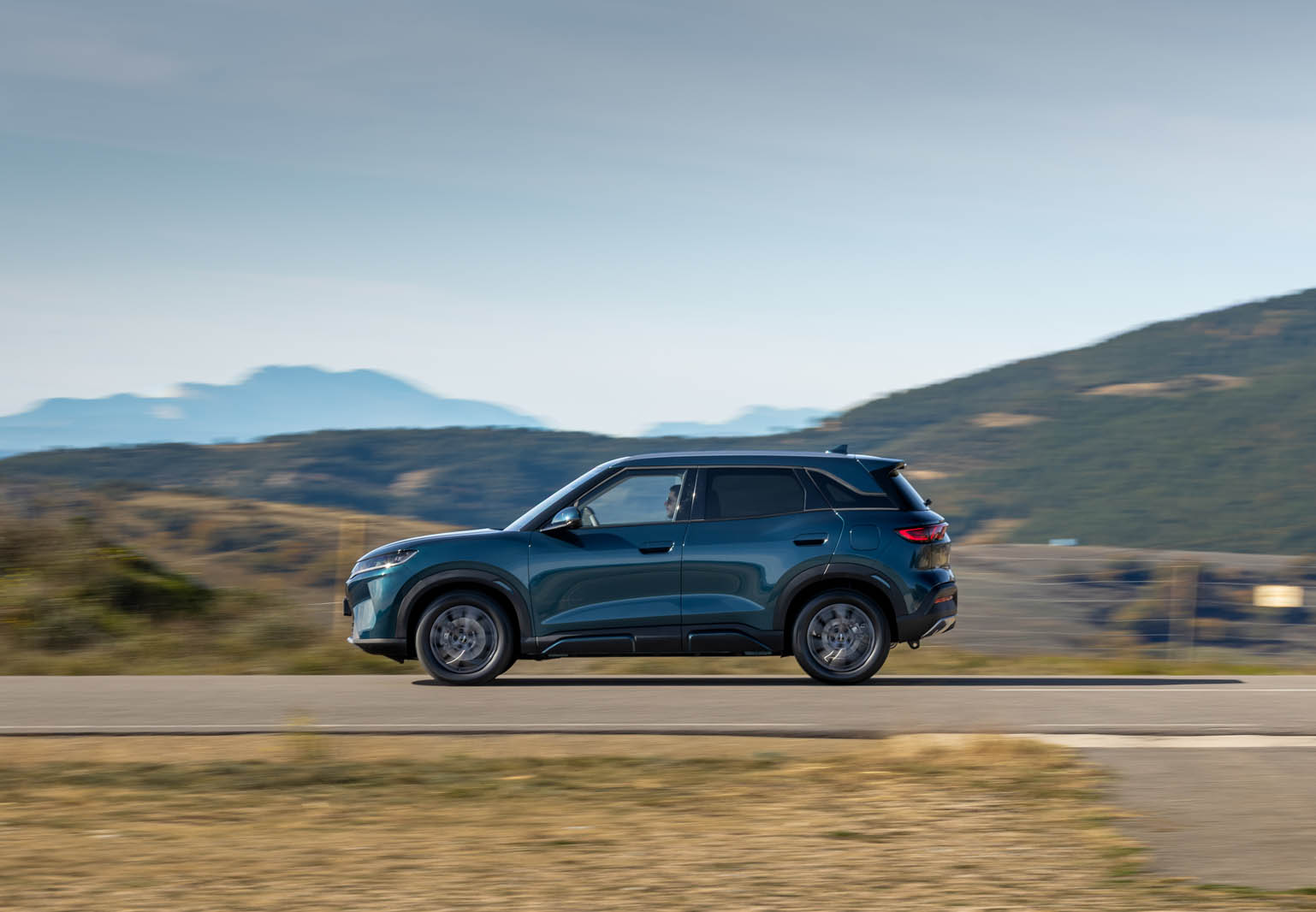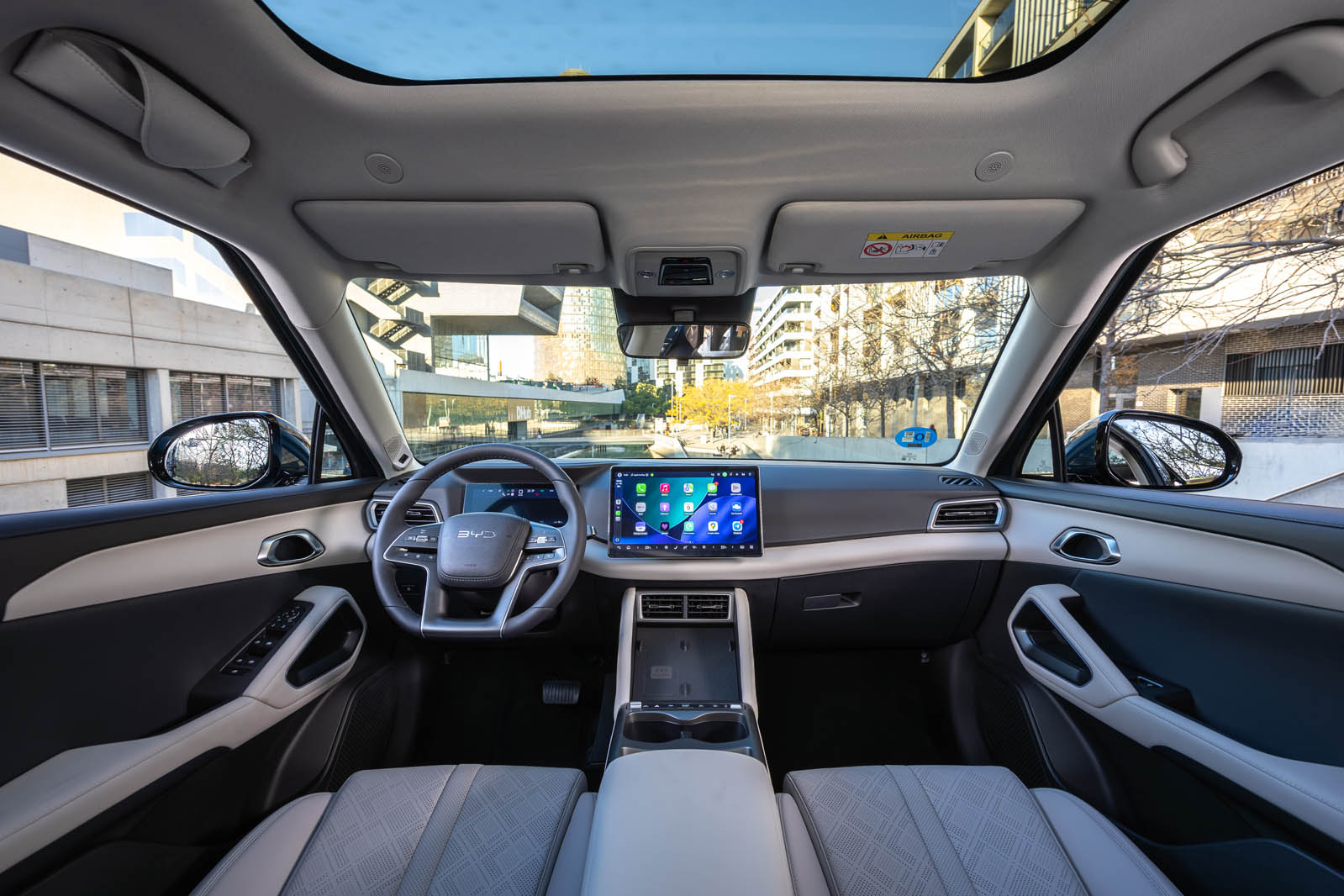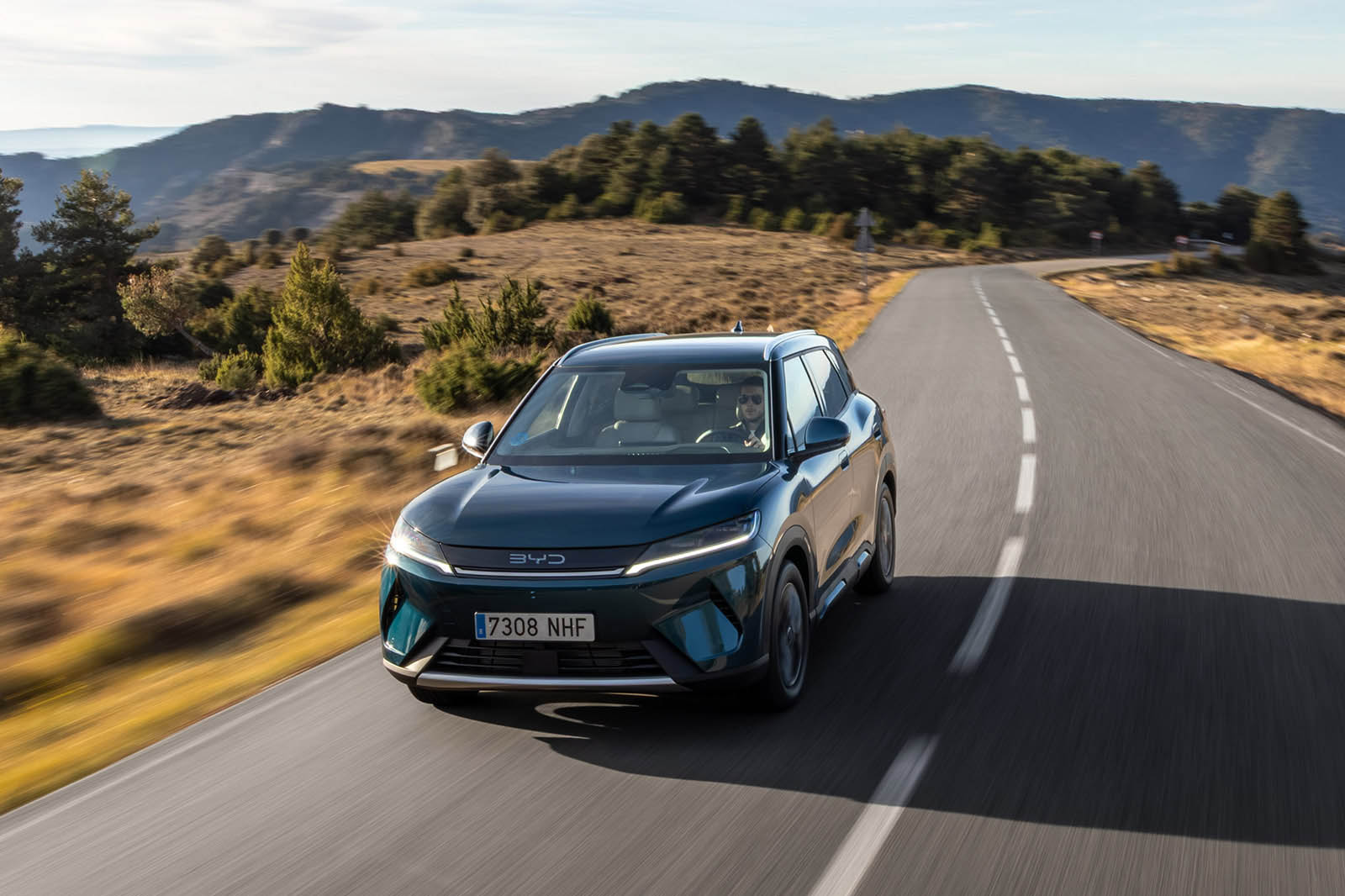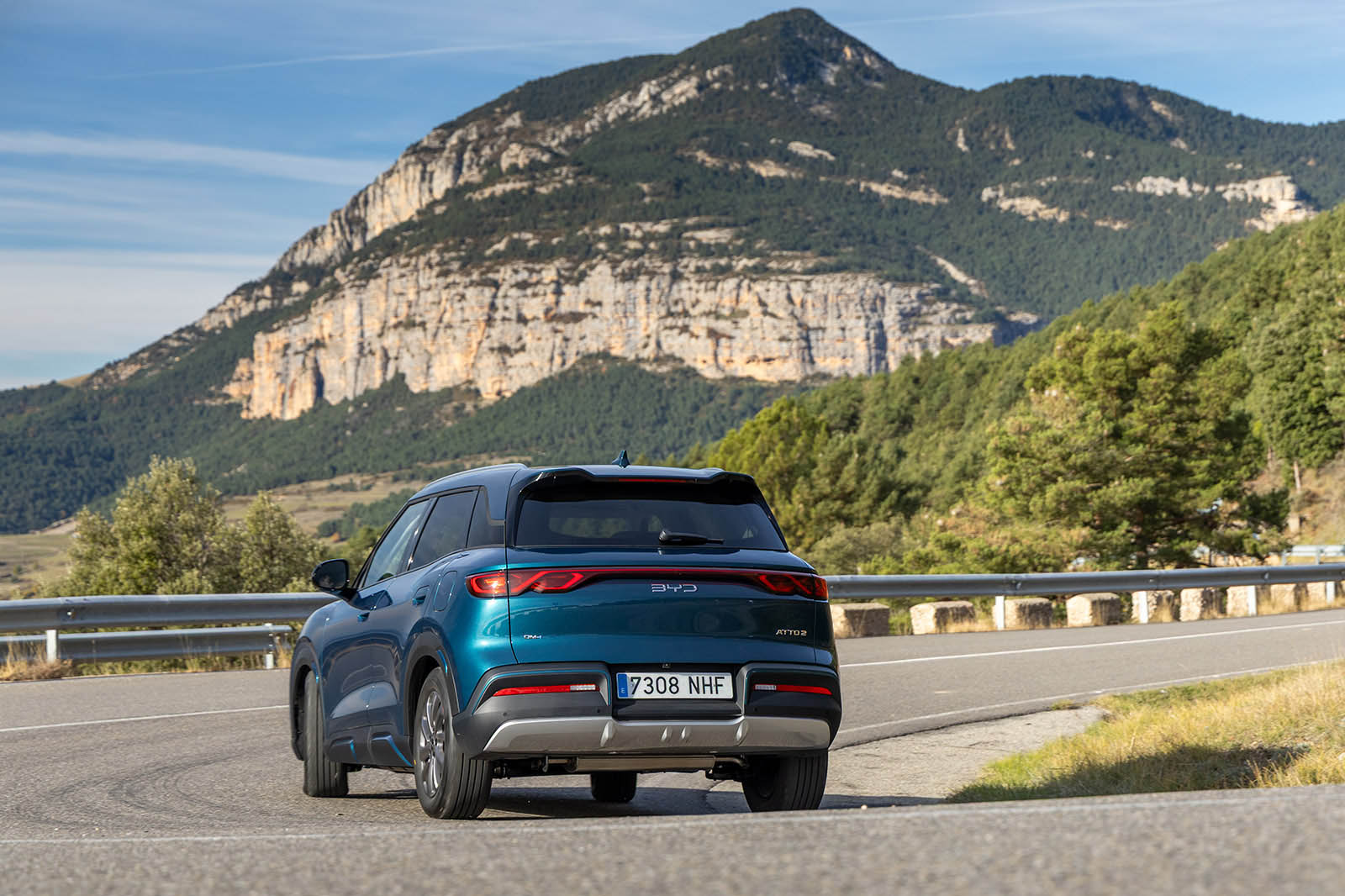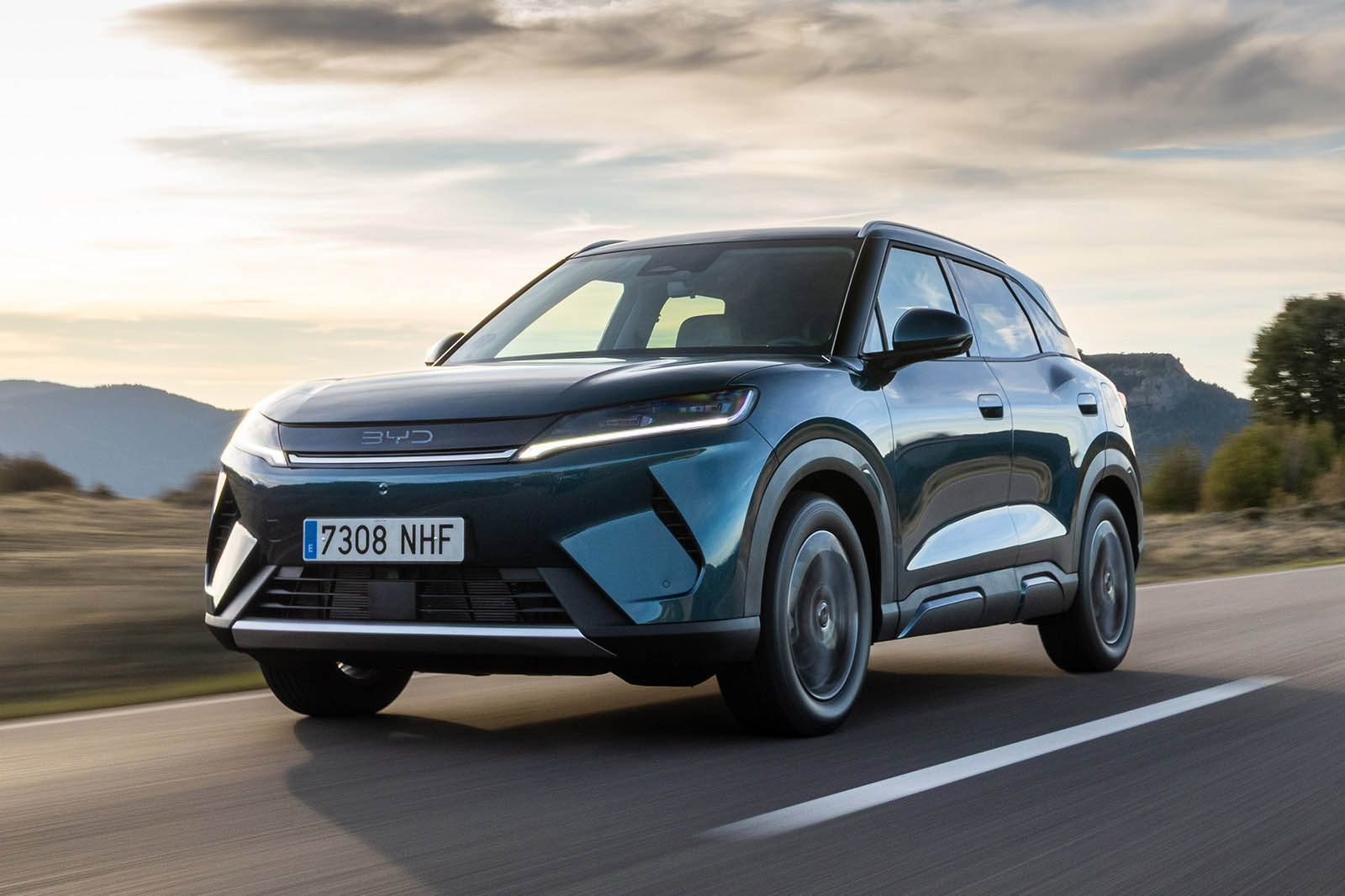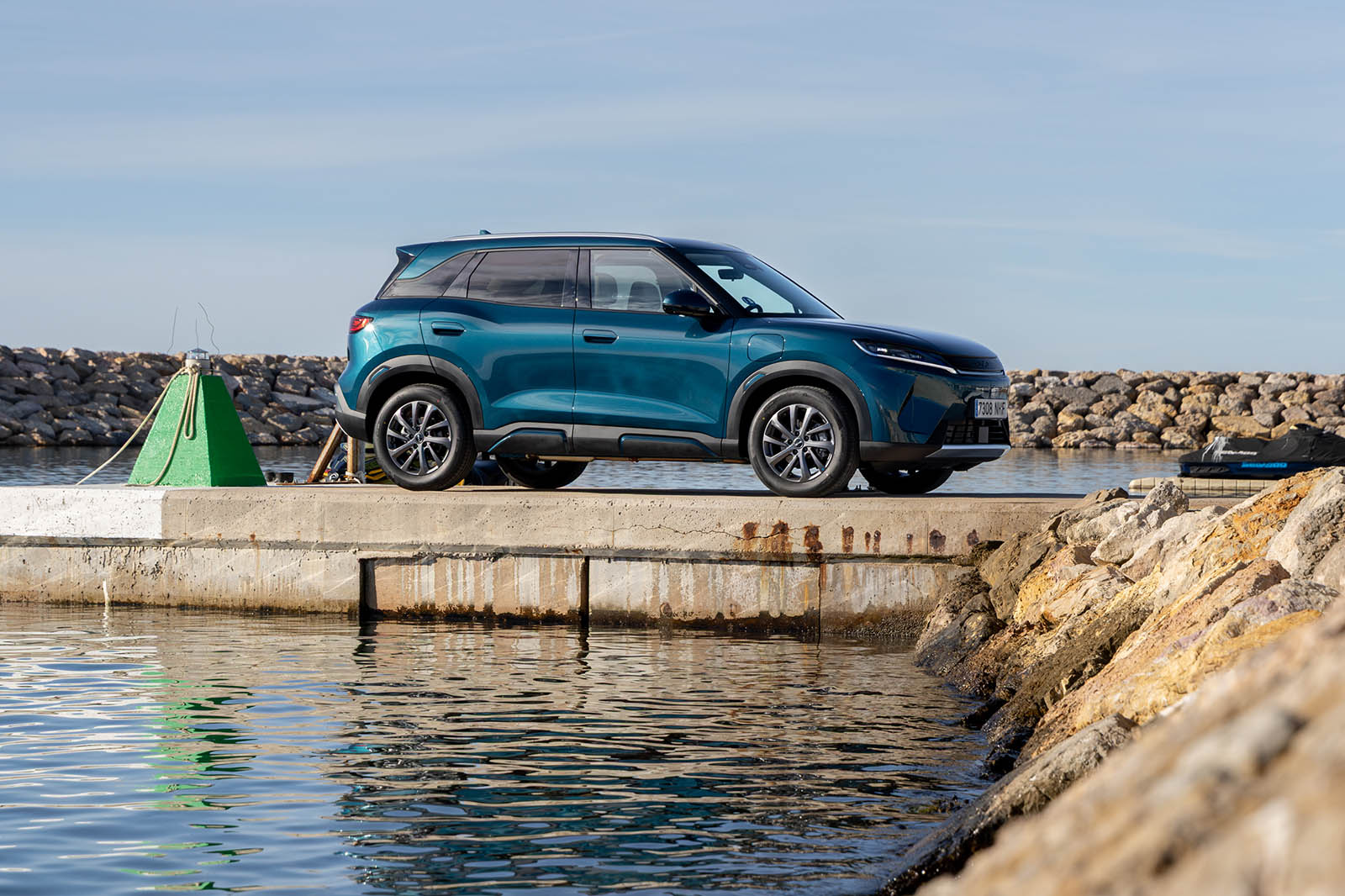Meet the BYD Atto 2 DM-i, the UK’s smallest plug-in hybrid crossover.
Well, in-waiting, anyway. When the Jeep Renegade 4xe finally shuffles off this mortal coil in the coming months, BYD's latest will take its position as the littlest crossover on the market with a charging plug on one side and a fuel filler on the other.
Not only that but, with prices ranging from around £25,000 for the entry-level car to £28,000 for the bigger-battery variant, it will be the cheapest PHEV on sale - and its launch could be a crucial step towards the more widespread adoption of PHEVs, which have previously been the preserve of the fleet buyer.
Launched recently with electric power, the Atto 2 has been retrofitted with an optional electrified combustion powertrain as part of BYD’s drive to sustain its rampant growth outside of its Chinese home market, in the face of waning global demand for EVs.
It joins the best-selling Seal U SUV and new Seal 6 saloon/estate in an expanding range of PHEVs in BYD’s UK line-up; and is set to be followed by more in the form of cars from the upmarket Denza marque, as well as the larger Sealion 05 SUV and likely even the Ford Ranger-rivalling Shark pick-up truck.
With accessibility in focus, dimensions that match some of the UK’s best-selling cars and technical credentials that lend it the potential to become a front-runner in its segment, the Atto 2 DM-i could play a crucial role in BYD’s masterplan to become one of Europe’s leading car brands.
But with umpteen electrified ‘baby’ SUVs you could already choose from, does the Atto 2 deserve a spot on your shopping list - and is it best-served with hybrid or EV power? Let’s find out.







